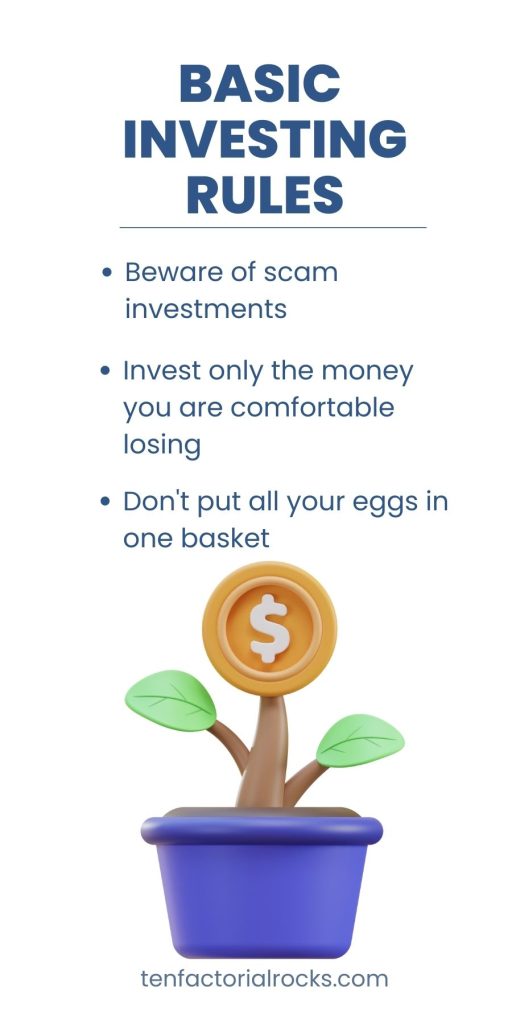Like it or not, we are living in a hyper-connected world. We wake up to notifications, spend hours scrolling, and even fall asleep with a screen by our side. This constant connection can be exhausting. That is where a digital detox comes in.
Essentially, it is a deliberate break from digital devices and online platforms to refresh your mind and reduce stress. If you have ever felt overwhelmed by your digital life, this might be exactly what you need.
What Is a Digital Detox?
A digital detox is the practice of unplugging from digital devices - like smartphones, tablets, computers, and even TVs - for a specific period. This detox is not about giving up technology entirely, though. Instead, it is about creating a healthy distance between you and your screens.

Mute / Pexels / In a digital detox, you intentionally unplug yourself from digital devices to the best of your abilities - for a specific time period.
Whether it is for a few hours, a day, or even a week, this detox lets you break free from constant notifications, endless feeds, and the pressure to stay updated.
How Does It Work?
A digital detox works by creating a tech-free environment where you set aside devices and focus on offline activities. It is as simple as deciding to avoid social media, turning off notifications, or setting specific hours when you won’t use any screens. Some people set “phone-free zones” in their homes or dedicate weekends as digital-free times.
Others try apps that limit their social media use. At the end of the day, the goal is to create boundaries with technology.
How Beneficial Is It?
One of the biggest benefits of a digital detox is that it reduces stress. Constant digital noise can lead to anxiety and overwhelm, especially when we feel we need to keep up with messages, news, and social updates. Stepping away from screens reduces this stress, making you feel calmer and more focused.
Another key benefit is it improves productivity. Without the distractions of notifications and endless scrolling, you can focus better on tasks, making you more efficient and present in whatever you are doing.
How to Know If You Need a Digital Detox?
Start by reflecting on your habits. If you find yourself constantly checking your phone, even when there is nothing new, it might be a sign. The same goes for those who feel anxious without their device or struggle to focus on one task without getting distracted.

Jane / Pexels / If you feel burned out and overly rely on your phone in your day-to-day life, you might need a digital detox.
Other signs include feeling mentally cluttered, experiencing eye strain or headaches, or having trouble sleeping. If screen time feels like a constant pull that takes you away from real-life interactions or activities, a digital detox could help restore balance.
How to Get Started
Begin with small steps, like putting your phone on silent during meals or setting screen-free hours each day. Many people start with “no-screen” zones, like the bedroom or dining area, to help them gradually build healthier habits.
If you are up for a challenge, try a full day without screens and see how it feels. Remember, the goal is progress, not perfection.
You can also enlist the help of apps designed to track and limit screen time. Some apps even lock you out of social media for set periods, giving you a gentle nudge to stay offline. It is all about finding what works for you. A digital detox doesn’t have to be strict. The goal is to find a balance that makes you feel happier and more in control.

